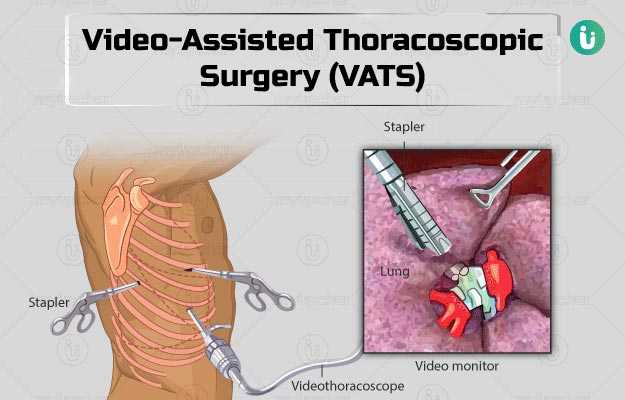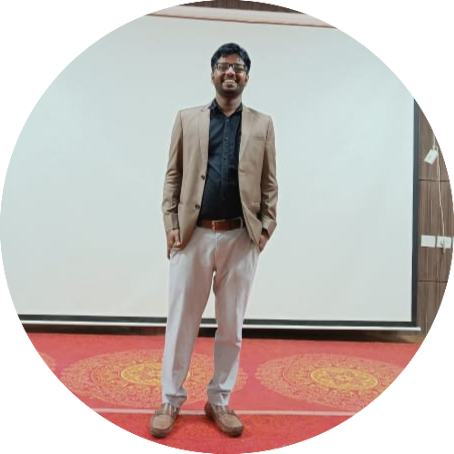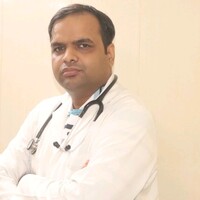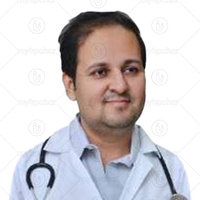Summary
Video-assisted thoracoscopic surgery (VATS) is a minimally invasive technique used for diagnosing and treating conditions inside the chest area. In this surgery, a special instrument with a camera (a thoracoscope) is inserted to see inside the chest and in case a condition is found, you will also have other procedures to correct the said condition simultaneously with this surgery.
Fasting will be required prior to the procedure and your doctor may suggest a few breathing exercises to be done before the surgery. The surgery will be done under the effect of general anaesthesia (medicine to keep you relax and pain-free).
After the surgery, you will have a drain tube inside your lung cavity to remove any accumulated fluids. You will be discharged after three to five days of the procedure. Your recovery at home will include performing breathing exercises, restrictions on certain activities, and wound care.










































